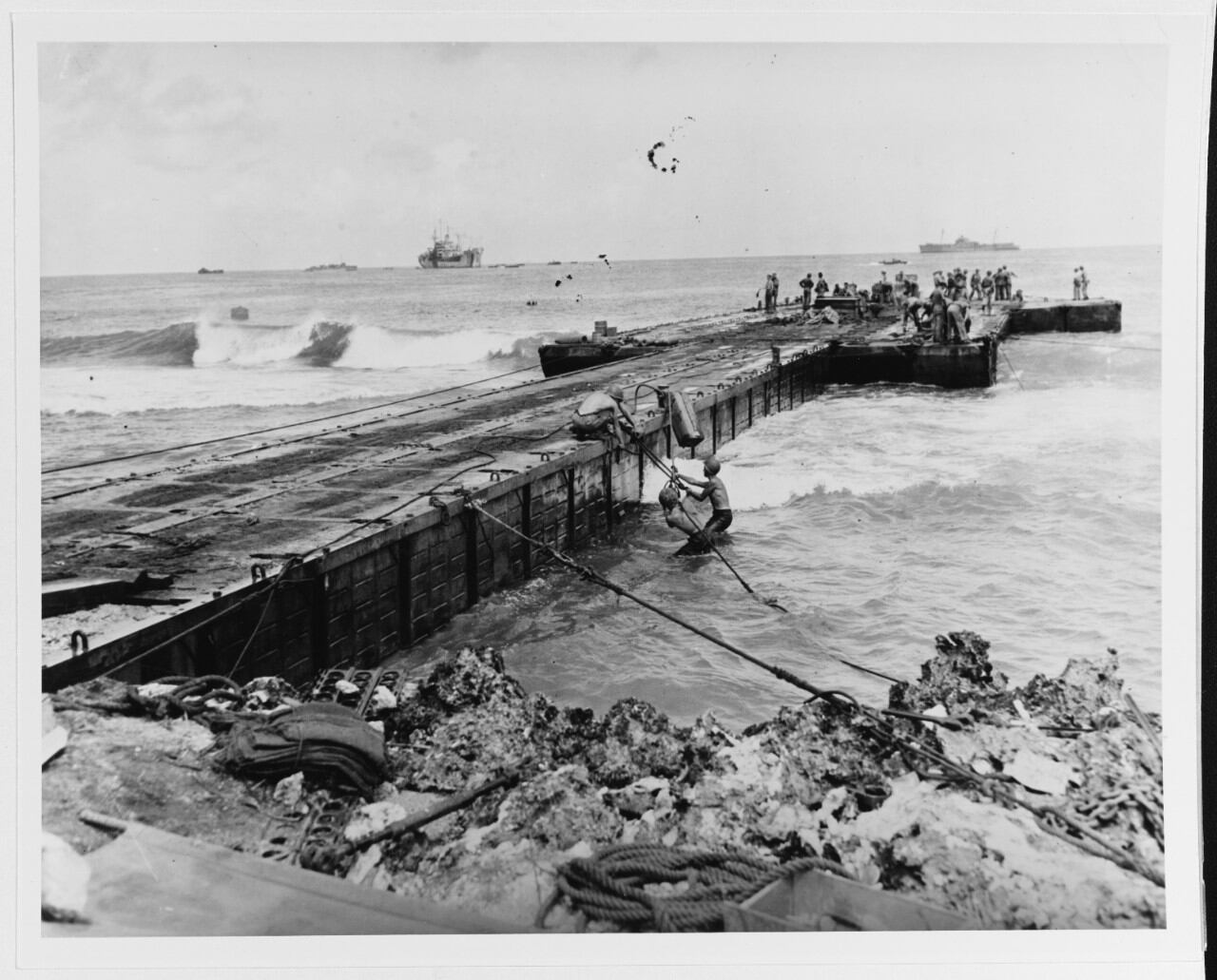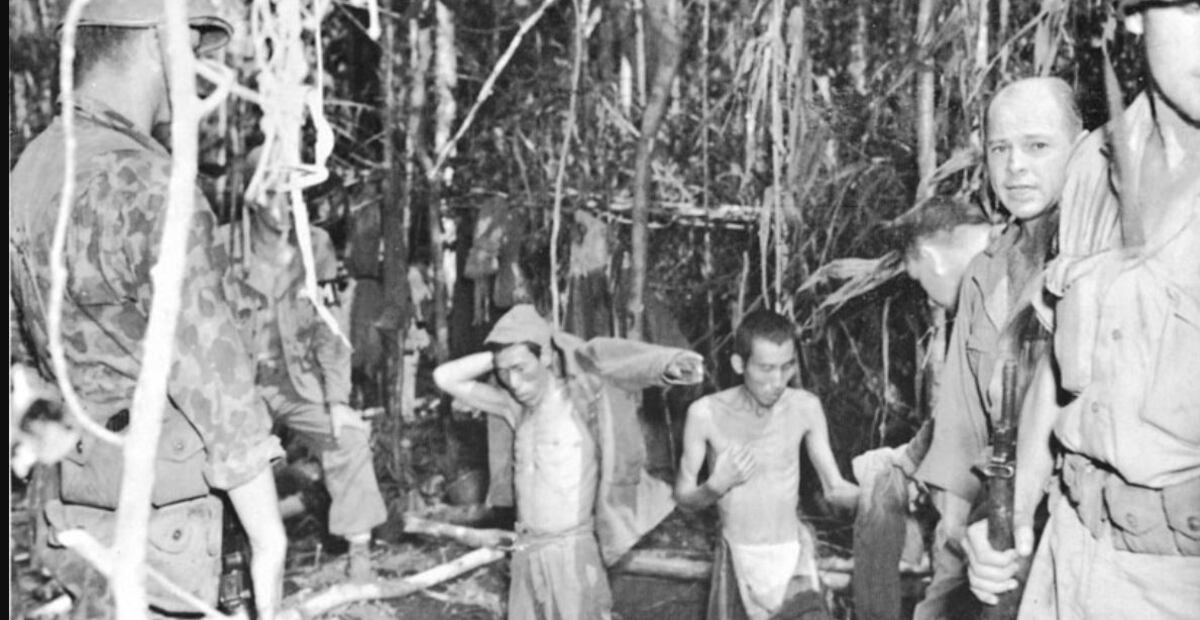DOUGLASSVILLE, Pa. — Judy Reitz was making turkey suppers in the kitchen at St. Paul’s UCC in Amityville when she got a call on her cellphone a couple months ago.
Not recognizing the number, she hesitated to answer.
She's not sure why, but something made her take the call.
"I have good news for you," the voice on the other end said. "We found the grandson of the soldier."
No further explanation was needed.
In a frenzy, the retired Douglassville first-grade teacher ran around the kitchen sharing the news.
"I was blabbing to everybody," recalls Reitz, acknowledging most didn't know what she was talking about. "I was so excited."
The news: a Japanese soldier's diary her father brought back from World War II had made its way back to the soldier's family in Japan.
Indeed, the tiny black book was in the possession of Toshie Nagasawa, the soldier's grandson, who lives in Fukushima Prefecture.
The news was the fulfillment of hopes Reitz had when, in spring of 2018, she sent the diary to the Obon Society in Oregon.
A nonprofit founded by Rex and Keiko Ziak, the society seeks to heal wartime wounds by returning Japanese flags and other materials to families in Japan.
"I had high hopes it would make its way back to his family," said Reitz, 76, who taught in the Daniel Boone School District for 32 years. "I felt his name might be somewhere in the writing."

Seaman Merle K. Bock of Earlville was with the Navy Seabees on the island of Tinian in the Pacific Ocean, clearing jungle for a runway that would figure in the end of World War II.
It was from Tinian that the Enola Gay departed, carrying an atomic bomb that was dropped on Hiroshima on Aug. 6, 1945. Japan surrendered three days later, after a second atomic bomb was dropped on Nagasaki.
Resistance to American forces was strong, and Japanese troops were dug in, inhabiting caves on the island. In one of those caves, Bock removed the diary from a deceased Japanese soldier.
It wasn't until Bock's death in 1986 that Reitz, his daughter, got the diary. When attempts to have its printed characters translated failed, she tucked it away in a Tupperware sandwich container.
Then, early last year, she read a story in Reader's Digest about an Oregon group that returned battlefield souvenirs to Japan.
She wasted no time in rushing to the Douglassville post office and mailing the treasured artifact to the Obon Society.
A year and a day later, Reitz received confirmation that the society had found the soldier's grandson.
"It is our pleasure to report that we have found the family in Japan that belongs to your diary," the society reported in an email dated April 6. "The Japanese family is eager to receive these remains."
Included was the name of the soldier, Kiyoshichi Nagasawa, who died at Tinian Island on Aug. 2, 1944.

Of the 2 million Japanese soldiers who died in the war, Rex Ziak says, 1.1 million were declared missing in action.
A tiny box with a pebble or piece of coral in it, he says, was the only notification families had that their loved one had died in combat.
So when diaries, Japanese flags or officers' swords make their way back to Japan, still grief-stricken families rejoice. Nearly 74 years after the war ended in September 1945, emotional wounds have yet to heal.
"These items are the first and only trace of their loved one that these families have gotten," Ziak says. "It is their only spiritual connection to them."
Reitz strongly believes that battlefield souvenirs brought home by GIs should be returned to Japan.
"We have an obligation to return them to their families," she insists. "They don't belong to us. They belong to them."
RELATED

In a letter to Toshie Nagasawa, Reitz told the story of how her father discovered the diary while on a mission to search caves on the island.
"We always wondered how to get it back to his family," wrote Reitz, who sent photos of her father and family. "My family and I are so happy that your grandfather's diary is now in your hands."
Ziak founded the Obon Society with his wife, Keiko, a native of Japan. They work through a network of more than 500 scholars and volunteers in Japan to reunite families with wartime artifacts.
The Oregon-based society can be reached by email at contact@obonsociety.org.
To Japanese families, he said, receiving a loved one's possession is a more powerful link to Americans than diplomacy or goodwill among governments.
“It’s the victor returning items out of the compassion of their hearts,” Ziak said. “It’s a message of peace and friendship that resonates throughout Japan.”




